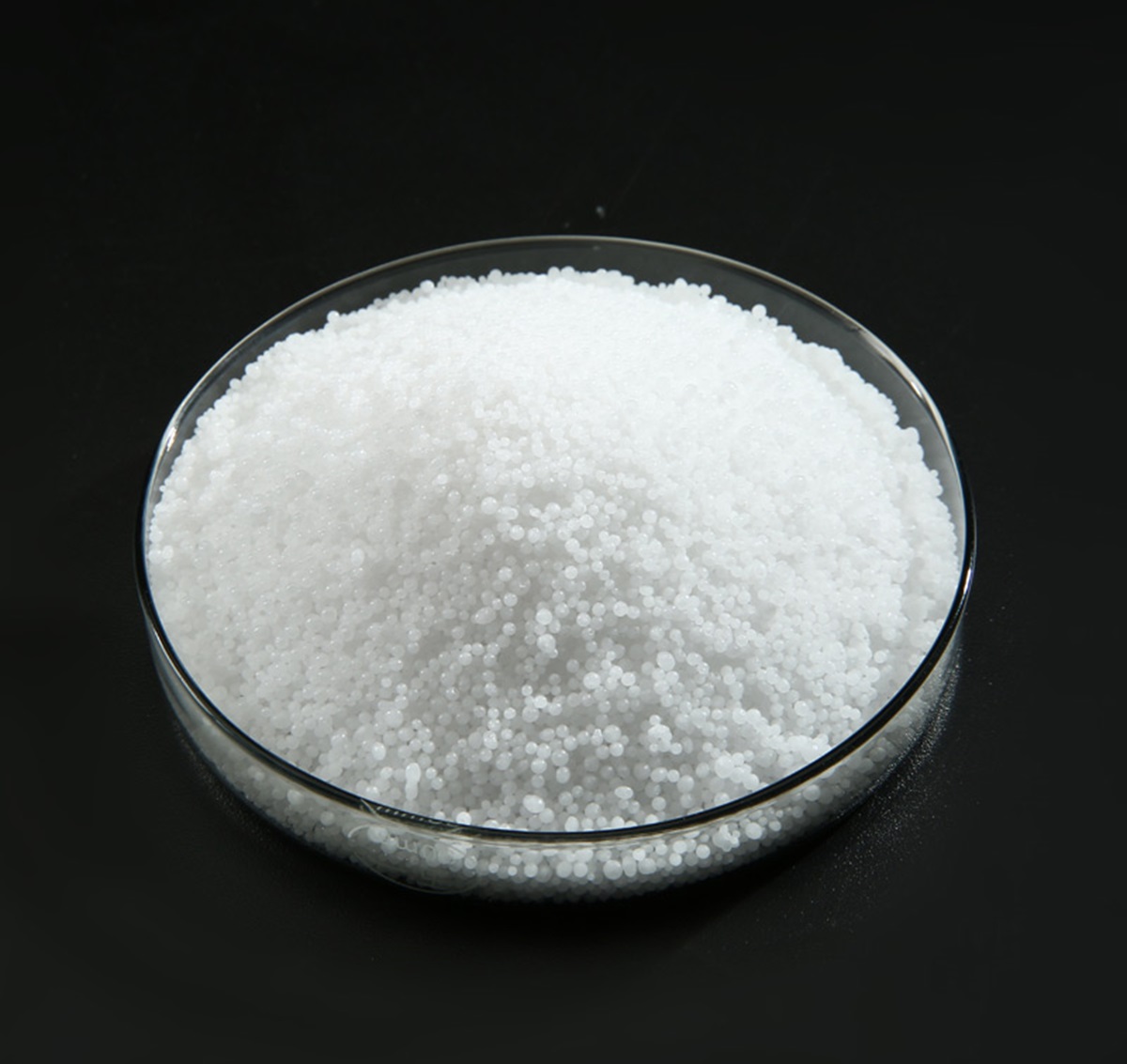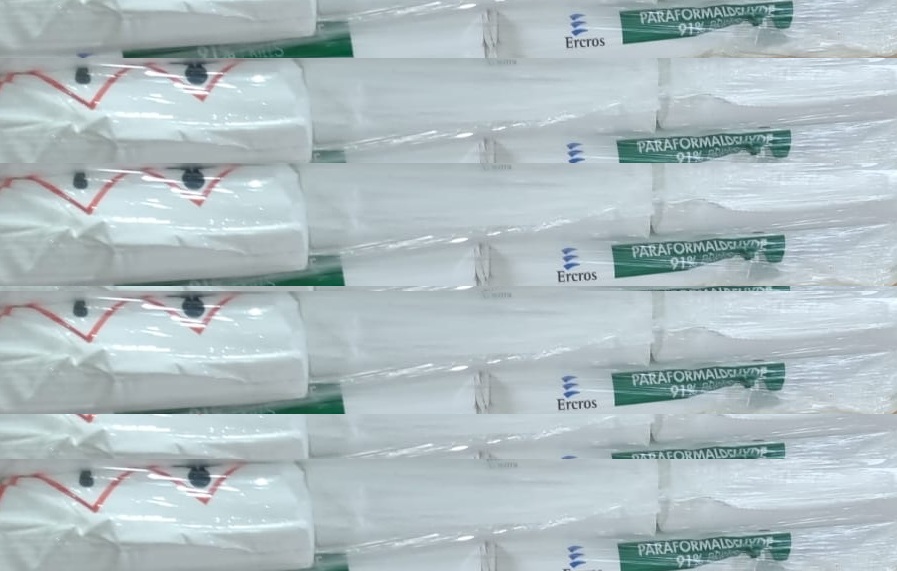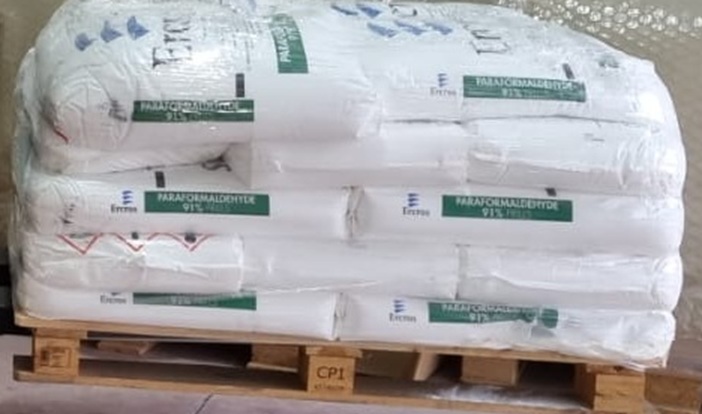We unleash your business potential by maximize the business innovation.
Send EmailParaformaldehyde, Polyoxymethylene, Polyoxymethylene (POM), Formaldehyde Polymer, Trioxane, Paraform, PFA, %91,%96, 30525-89-4
Paraformaldehyde is a polymer of formaldehyde, typically appearing as a white, solid substance. It is commonly used in various industrial and laboratory applications due to its high reactivity. Here are some key points about paraformaldehyde:
The physical and chemical properties of paraformaldehyde are as follows:
Physical Properties:
-
Appearance: White, crystalline solid
-
Odor: Sharp, characteristic formaldehyde odor
-
Melting Point: 120-170°C (depending on the degree of polymerization)
-
Solubility: Insoluble in water, but can hydrolyze to form formaldehyde solution
-
The CAS number for paraformaldehyde is 30525-89-4.
Chemical Properties:
-
Chemical Formula: (CH₂O)ₙ
-
Molecular Weight: Varies depending on the degree of polymerization
-
Reactivity: Highly reactive and used in many organic synthesis processes
-
Flammability: Flammable and can release toxic gases during combustion
-
Chemical Formula: (CH₂O)ₙ
-
Appearance: White, crystalline solid
-
Uses:
-
Disinfectant: Used in medical and laboratory settings for sterilization.
-
Fixative: Employed in histology and pathology to preserve tissue samples.
-
Resin Production: Utilized in the manufacture of phenol-formaldehyde and urea-formaldehyde resins.
-
Agriculture: Acts as a fumigant and pesticide.
-
Paraformaldehyde is a versatile chemical with a wide range of applications across various industries. Here are some detailed uses:
Industrial Applications:
-
Resin Production: Paraformaldehyde is widely used in the production of phenol-formaldehyde and urea-formaldehyde resins, which are essential in the manufacture of plywood, particleboard, and other wood products.
-
Adhesives: It serves as a hardening component in phenol-resorcinol-formaldehyde (PRF) adhesives, which are used in high-performance wood bonding applications.
Medical and Laboratory Uses:
-
Fixative: Paraformaldehyde is commonly used as a fixative in immunohistochemistry and immunocytochemistry protocols to preserve tissue and cell samples.
-
Disinfectant: It is used as a disinfectant in medical and laboratory settings due to its ability to kill a wide range of microorganisms.
Agricultural Uses:
-
Fumigant: Paraformaldehyde is used as a fumigant to control pests and diseases in agricultural settings.
-
Pesticides: It is an active ingredient in some fungicides and bactericides.
Miscellaneous Uses:
-
Chemical Intermediate: Paraformaldehyde is used as an intermediate in the synthesis of various chemicals, including pharmaceuticals and agrochemicals.
-
Polymer Production: It is used in the production of polyoxymethylene plastics, which are known for their high strength and rigidity.
Paraformaldehyde is also known by several other names, including:
araformaldehyde is known by several other names, including:
-
Polyoxymethylene (POM)
-
Formaldehyde Polymer
-
Paraform
-
Polyformaldehyde
-
Trioxane (in some contexts)
-
Polyoxymethylene
-
Formaldehyde polymer
-
Trioxane
Paraformaldehyde is commonly known as "formalin" in everyday language. Formalin is an aqueous solution of formaldehyde and is often used as a disinfectant and preservative. Paraformaldehyde, on the other hand, is the solid form of formaldehyde and can be used for similar purposes.


